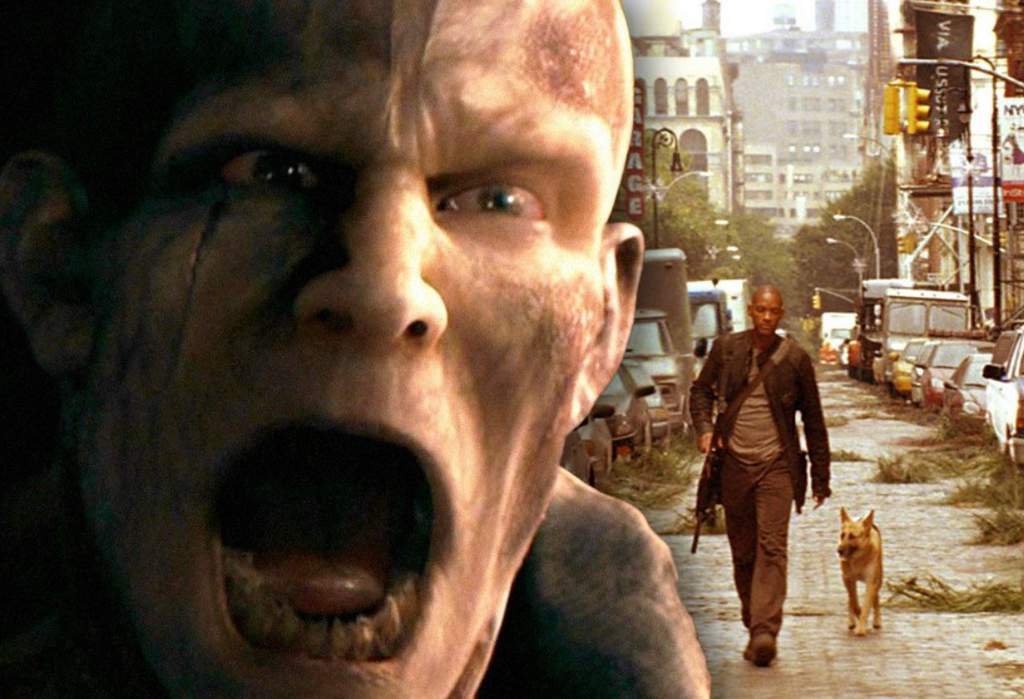
In this article, I will discuss the respective texts’ allusion to different forms of Otherness in connection with relevant real-world events, and address the divergence of the film from the book in relation to the portrayal of the Infected as well as the denouements to elucidate the underlying socio-political subtexts. Yet given the passage of time between the 1950s and the 21st century and the fact that many conventional and traditional ideas of yesteryears have been gradually subverted in the same span, why has the concept of alterity withstood the erosion of time? How do we account for the enduring perception of Otherness in relation to the varied storylines of both texts and the changing real-world context? To which, I argue in this essay, that the inconsistencies between the plots of both texts is a result of pertinent real-world events that arouses mutable yet perennial perceptions of alterity–African-Americans in the book and Muslims in the film– through the manifestation of public sentiments and anxieties in the pre-1950s and post-9/11 eras respectively.

However, the critical notion of alterity is still a mainstay in both texts in spite of the five-decade interval between the book and the film.

Although the 2007 film is the reincarnation of the 1954 novel, the plot elements of both texts are distinctly dissimilar. The texts chronicle Robert Neville’s attempts to find a cure that reverses the effects of the infection while struggling to survive in a desolate, vampire-infested world as the last man ostensibly alive and uninfected. The blockbuster film I Am Legend (2007), adapted from the 1954 novel with the same name, limns the main storyline of a global pandemic outbreak that transforms infected people into bloodthirsty vampires (which I will refer to as the Infected hereafter).


 0 kommentar(er)
0 kommentar(er)
